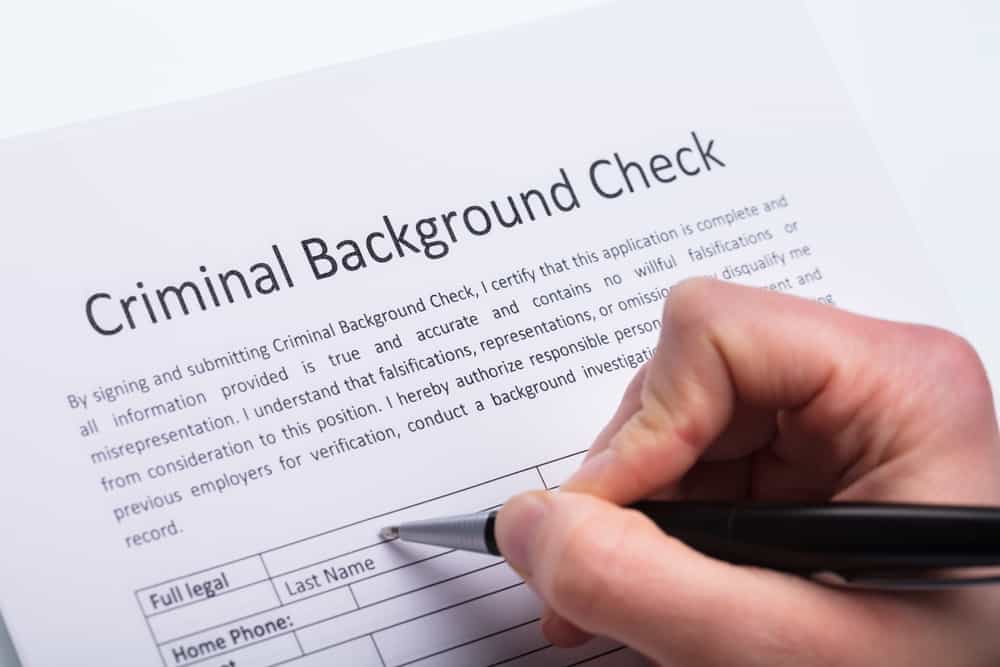When someone takes illegal money from one source and makes it look like it came from another legitimate source, it is known as money laundering. Money laundering is the method criminals use to make the proceeds of their crime appear legal without raising suspicion when they use their money. Tracing money back to a crime is easier when the money is unlaundered.
The basic principle of “laundering” is that people with illegal money spread it out by investing it in several bank accounts, assets, and businesses, making it difficult to trace. Several crimes lead someone to hide the source of their money, but some of the most common selling illegal items like drugs, bribery and corruption, fraud, and tax evasion.
Businesses that deal with high volumes of cash are typically used as a front for criminal activities and money laundering. They mix legitimate money with illegitimate funds, making it difficult to detect suspicious transactions. These businesses may include restaurants, nightclubs, pawnshops, beauty salons, and body repair shops.
5 Subtle Signs of Money Laundering Front Companies
These are several subtle signs that can indicate if a company is a front for money laundering:
1. Complicated Business Structures
One of the most common ways to recognize money laundering is complicated business ownership, several different entities, and complicated structures, all created to hide the actual ownership of assets and money. Often, the businesses used as a front for money laundering use overseas investors and shareholders to make it more challenging to scrutinize their activities.
It isn’t easy to ascertain who the beneficial owner of a company is most of the time since the primary contract person is an acting nominee. The transaction architectures will also be challenging to understand.
2. Unusual Transaction Patterns
The company makes strange movements concerning its money or assets. Unplanned transactions, selling assets below market value, and sudden movement of resources without a previous announcement are apparent signs of unlawful activities. There is often evidence of frequent, high-value transactions involving very short dwell times of money in a bank account, accompanied by transactions to just a few sources. In other words, these companies don’t follow the standard business trends of either having a few customers or few creditors and many customers. Money laundering companies have very few creditors and customers.
3. Buying Items With Intangible Values
Money laundering front companies often purchase items with intangible values. These include art, designs, databases, patterns, programs, and other services, usually charged excessively.
Another method often used is buying items for much more than they are worth is a way for businesses to launder gains and not pay taxes.
4. Unusual Monetary Losses
Some actions speak louder than words. For example, when a significant private monetary placement is lost within one tax year, but the same investor places another similar amount in the next financial year, this calls for a closer investigation, particularly if investors don’t question it.
5. Cash Transactions
Monetary transactions require detailed information, but businesses laundering money lack documents for investments and payments. This is seen mainly in companies with cash transactions, where they covertly add additional funds to boost their turnover. Unusually high transactions in cash-based businesses that don’t correspond with the turnover of similar companies are warning signs of irregular activities. Cash transactions also include paying employees’ black’ salaries to unregistered employees in cash.
Tips for Detecting and Preventing Money Laundering
- Regular Auditing: Regular internal and external audits can help detect unusual financial activities. Anomalies and inconsistencies found during these audits may indicate money laundering.
- Implement AML Regulations: Businesses should implement Anti-Money Laundering (AML) regulations and guidelines. These include Know Your Customer (KYC) procedures, which help verify the identity of clients and monitor their transactions.
- Staff Training: Regularly train staff to recognize and report suspicious activity. This training should cover the different money laundering methods and how to spot signs of such activity.
- Customer Profiling: Identifying customer transaction patterns can help detect unusual activity. If a customer’s transactions significantly deviate from their typical behavior, it may signal money laundering.
- Invest in AML Technology: Advanced technologies and software solutions are designed to detect potential money laundering activities. These solutions can automatically monitor transactions, flag anomalies, and generate reports to identify suspicious activities.
Remember, the fight against money laundering is a collective effort. It’s important to stay vigilant, well-informed, and proactive in implementing these tips.
Conclusion
The methods often used above haven’t even considered digitization methods that allow several online financial transactions and entertainment options for money launderers.
Regulations against money laundering are strict, and recognizing the signs is valuable if you don’t want to deal with companies that could implicate you too. However, it is up to every person to perform due diligence checks to avoid getting involved with ‘dirty’ money businesses as far as possible.
Frequently Asked Questions
What is money laundering?
Money laundering is a process used by criminals to hide the true origin of their funds. This process typically involves three steps: placement, layering, and integration. The funds are introduced into the financial system, obscured through a series of transactions, and then re-integrated into the economy as legitimate.
What kinds of businesses are usually used for money laundering?
Businesses that deal with high volumes of cash, such as restaurants, nightclubs, pawnshops, beauty salons, and body repair shops, are often used as a front for money laundering. These businesses can easily mix legitimate money with illegitimate funds, making it difficult to detect suspicious transactions.
What are some signs that a company may be a front for money laundering?
Some signs include complicated business structures, unusual transaction patterns, purchases of items with intangible values, unusual monetary losses, and high volumes of cash transactions.
What measures can businesses take to prevent money laundering?
Businesses can conduct regular internal and external audits, implement Anti-Money Laundering (AML) regulations, provide regular staff training, profile customers, and invest in AML technology.
How does technology help in preventing money laundering?
Advanced technologies and software solutions are designed to detect potential money laundering activities. These solutions can automatically monitor transactions, flag anomalies, and generate reports to identify suspicious activities.



